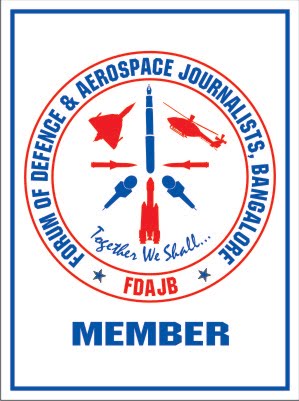By Anantha Krishnan M
Express News Service
Express News Service
 Bangalore: India’s fastest supercomputer will be soon housed in Bangalore. Sources with the Council of Scientific and Industrial Research and CSIR Centre for Mathematical Modelling and Computer Simulation (CSIR C-MMACS) confirmed to Express on the eve of National Science Day that, the yet-to-be-named high performance computing (HPC) system will be used for genome informatics (gene sequencing), geo-science informatics (earth, ocean and atmosphere) and engineering sciences (aerodynamics of planes, development of smart materials and computer-aided drug design).
Bangalore: India’s fastest supercomputer will be soon housed in Bangalore. Sources with the Council of Scientific and Industrial Research and CSIR Centre for Mathematical Modelling and Computer Simulation (CSIR C-MMACS) confirmed to Express on the eve of National Science Day that, the yet-to-be-named high performance computing (HPC) system will be used for genome informatics (gene sequencing), geo-science informatics (earth, ocean and atmosphere) and engineering sciences (aerodynamics of planes, development of smart materials and computer-aided drug design).The supercomputer, when operational, is expected to deliver a sustained performance in excess of 250 teraflops (T-Flops). “The system would be capable of performing
As per the Top-500 list of supercomputers in the world published in November 2011, the biggest system in India is Eka presently with Tata Computational Research Laboratory, Pune. This system installed in 2007 is roughly around 133 T-Flops of sustained performance.
Supercomputers in scientific research can be utilised for modelling earthquakes, ocean currents, quantum chemistry and Astrophysics. In the 12th Five-Year Plan (2012-’17), the central government has decided to pump in funds to tune of Rs 6,000 crore to propel India into the elite supercomputing club.
“CSIR-CMMACS presently has 24 T-Flops system, which is listed among the top in the country. Over the next few years, CSIR plans to upgrade their supercomputing capacity to 10 petaflops (10 x 1015 ),” says R P Thangavelu, Coordinator, HPC Group, C-MMACS. A state-of-the-art data centre is being planned at the CMMACS facility in Belur, near Old Bangalore Airport.
A visualisation hyperwall is also being established to facilitate compute and data intensive scientific research. “Present high-fidelity computer simulations as well as the vast array of sensors spew out huge data (terabytes to petabytes). Thus, efficient data analytics and visualisation tools immensely aid the researcher to infer knowledge from data,” says Prof Seshu.
Prof Samir K Brahmachari, Director-General CSIR told Express that such a facility would play a crucial role in empowering data intensive scientific discovery in the fourth paradigm of science. “Today all the 40 CSIR labs in India are interconnected using the National Knowledge Network (NKN) which enables all the scientists to access the supercomputing facility remotely. The new system would enhance the capabilities in areas such as genome analysis, weather modelling, computational fluid dynamics (CFD) and the like,” Prof Bramachari said.
Copyright@The New Indian Express





































































